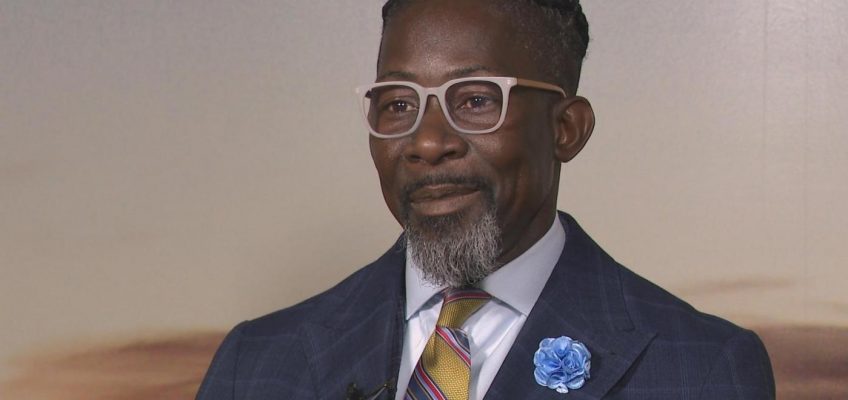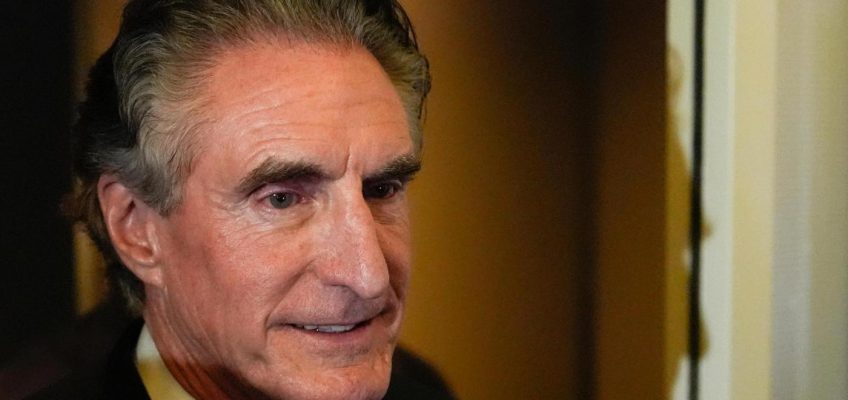Among Drake Lindsey’s 31 completions and three touchdown passes in the Gophers’ 31-28 win over Rutgers, his 9-yard TD toss to receiver Jalen Smith appeared on first glance to be among the least impressive plays on Saturday.
It was easy to overlook because it traveled only two yards in the air, with Smith doing most of the work, out-racing and out-muscling two Rutgers defensive backs to reach the pylon.
But the redshirt freshman quarterback pre-snap check set up Smith for success, and the play contributed to Lindsey being named Big Ten freshman of the week on Monday.
Lindsey completed 76% of his 41 passes for 324 yards, three scores and no interceptions. No other Gopher QB has had that many completions, attempts, yards and TDs without a pick since at least 1995.
On that specific play, Lindsey surveyed the defense on second-and-5 from Rutgers’ 9. From under center, he identified the cornerback in off coverage on Smith, the split receiver on the right side of the formation. Lindsey stepped back and wiggled his right hand toward Smith, then Lindsey put the fullback in motion and again briefly signaled to Smith before the ball was snapped.
Gophers head coach P.J. Fleck said it’s common for Lindsey to have two, sometimes three, options for plays once he goes to the line of scrimmage. That check to Smith was a third option that was talked about with offensive coordinator Greg Harbaugh on Friday — only one day before the Big Ten opener.
“A lot of times when you play a young player, they play not to lose and they don’t want screw it up,” Fleck told the Pioneer Press. “Drake is fearless. Drake knows he’s going to fail, he’s going to grow, he’s going to succeed, he’s going to have the process of growth. And he’s a process-driven kid. He has a lot of confidence in the people around him and they have a lot of confidence in him.”
Fleck said that type of at-the-line adjustment is atypical for such an inexperienced player; Lindsey was making only in his fourth collegiate start. “That’s a very mature thing to do,” Fleck said.
Smith, another redshirt freshman, also needed to be on the same page with Lindsey.
“It was just some communication between me and him,” Smith said Saturday. “He recognized that the corner was off and I think that is something about him that he does at a high level.”
Fleck has identified three things he believes make for a great quarterback: knowledge and ability to get an offense into the proper run; execution on third downs; and ability to win games in the two-minute drill.
Lindsey showed the last element in crunch time Saturday, trailing 28-24 with six minutes left in the fourth quarter.
On the first play, Lindsey escaped pressure, rolled right and found Javon Tracy for a 27-yard completion to jumpstart the drive. After the explosive play, the Gophers went into a higher tempo, with Lindsey doing an array of signals as if he was communicating in American Sign Language.
“Look at that man commanding this offense,” said Big Ten Network analyst Yogi Roth.
Lindsey spread the wealth all game, with 11 pass-catchers targeted and seven with at least three receptions apiece. On the final drive, he connected with four pass-catchers, including the game-winning touchdown to Tracy.
Related Articles
Gophers football: Popular Utah receiver Kai Meza de-commits from UMN
Coaching adjustments kickstart Gophers’ comeback win over Rutgers
Gophers football: Why were players and coaches barking after Rutgers win?
Gophers stake fourth-quarter comeback to beat Rutgers 31-28
Gophers lose one running back for the season, and starter for another week




